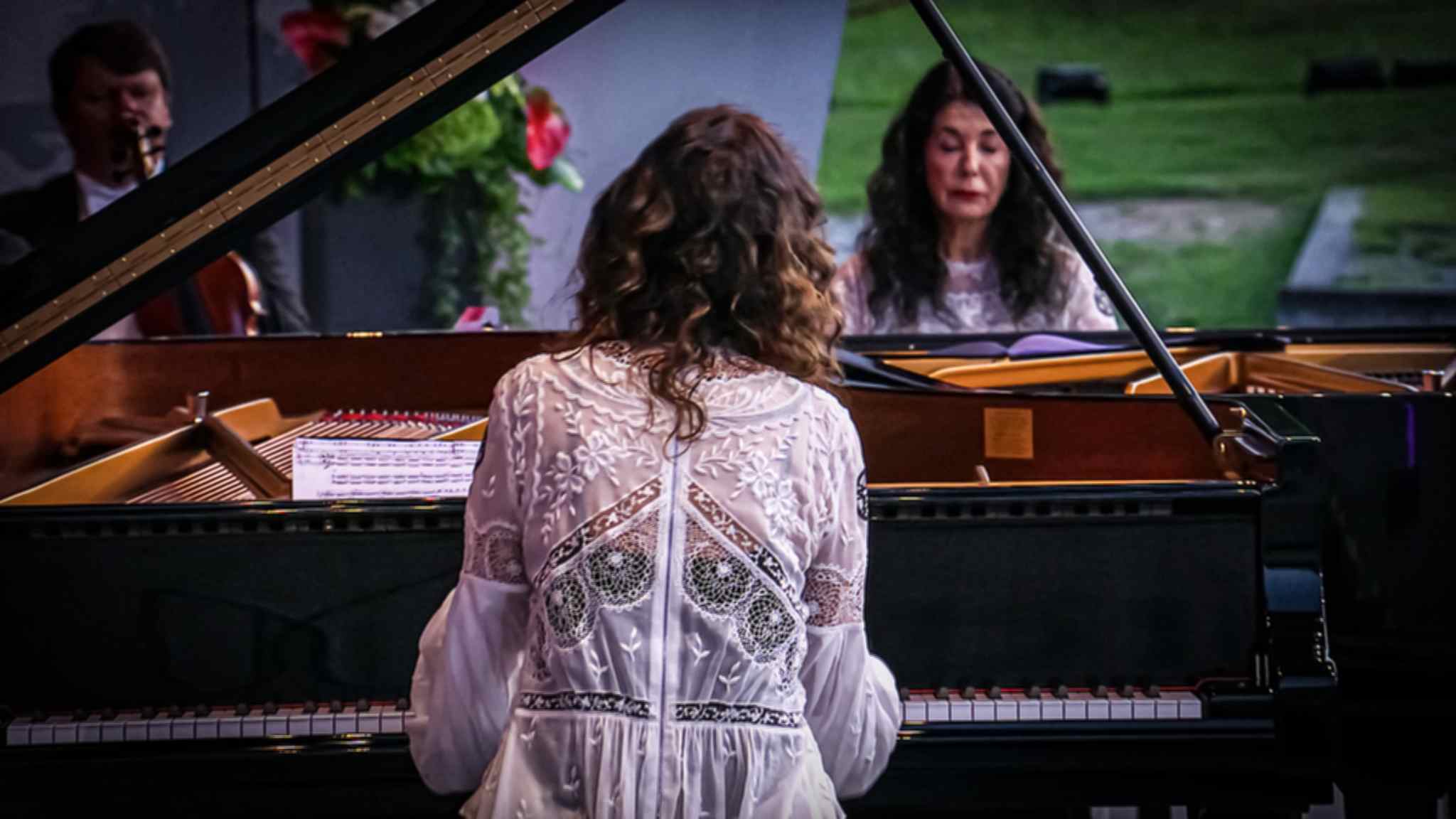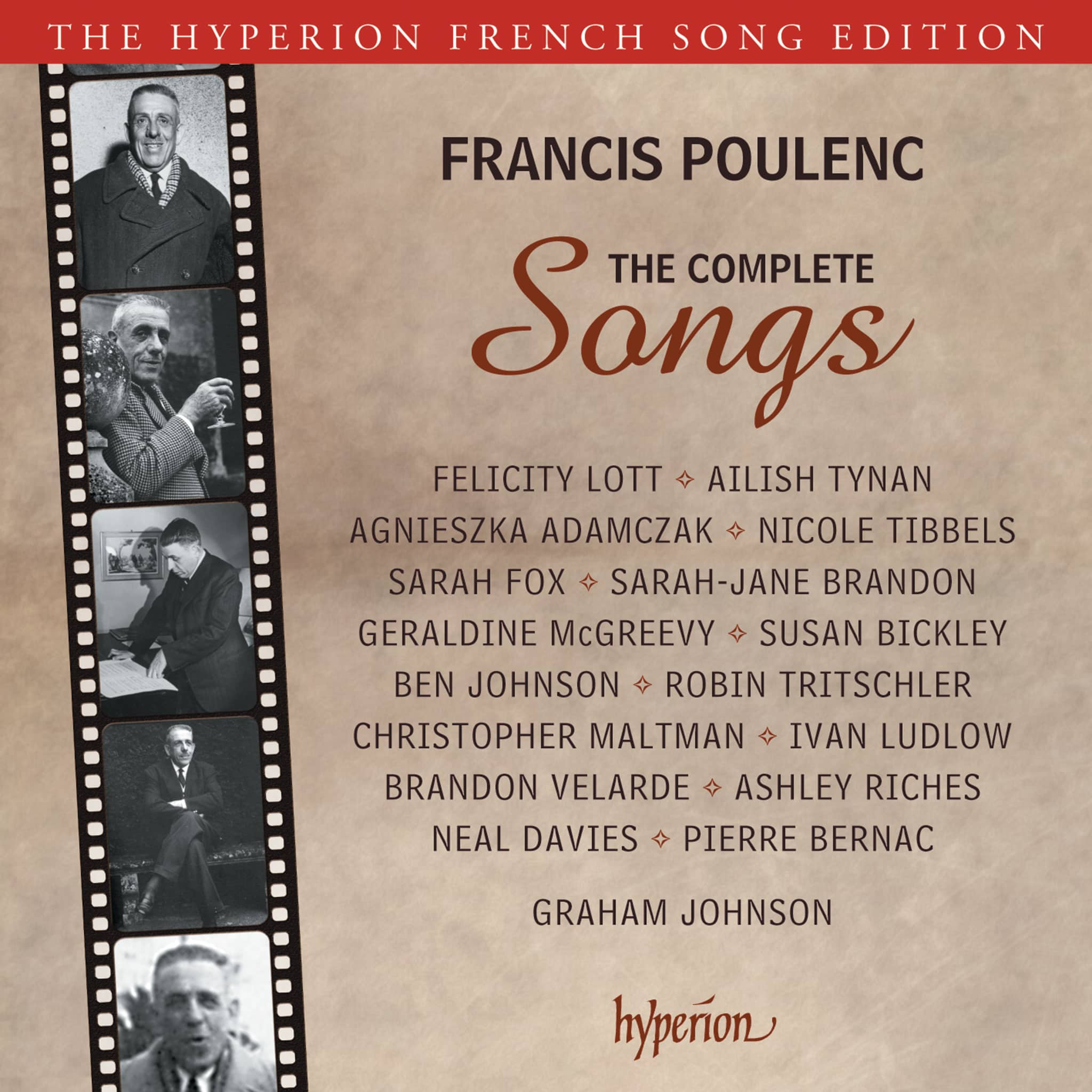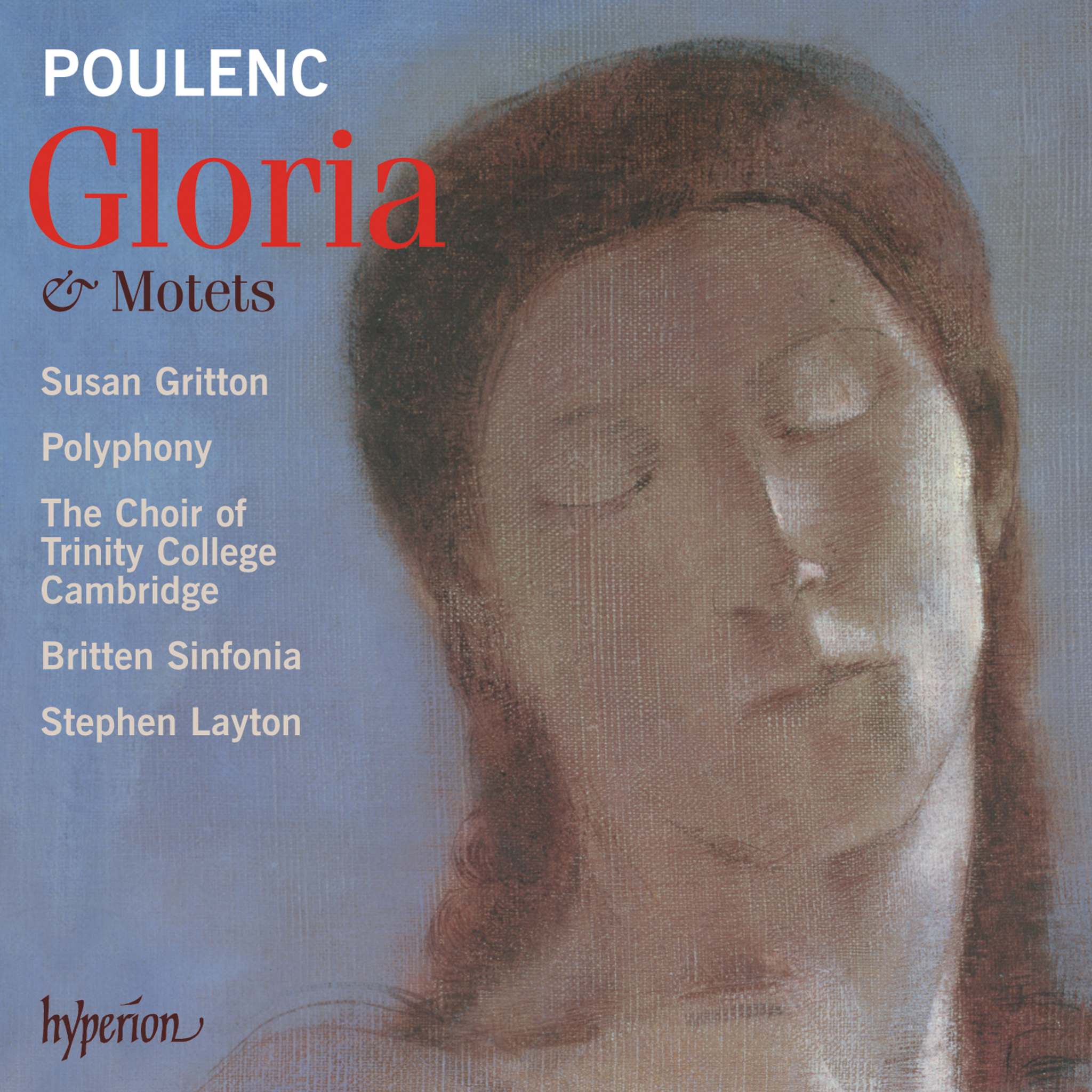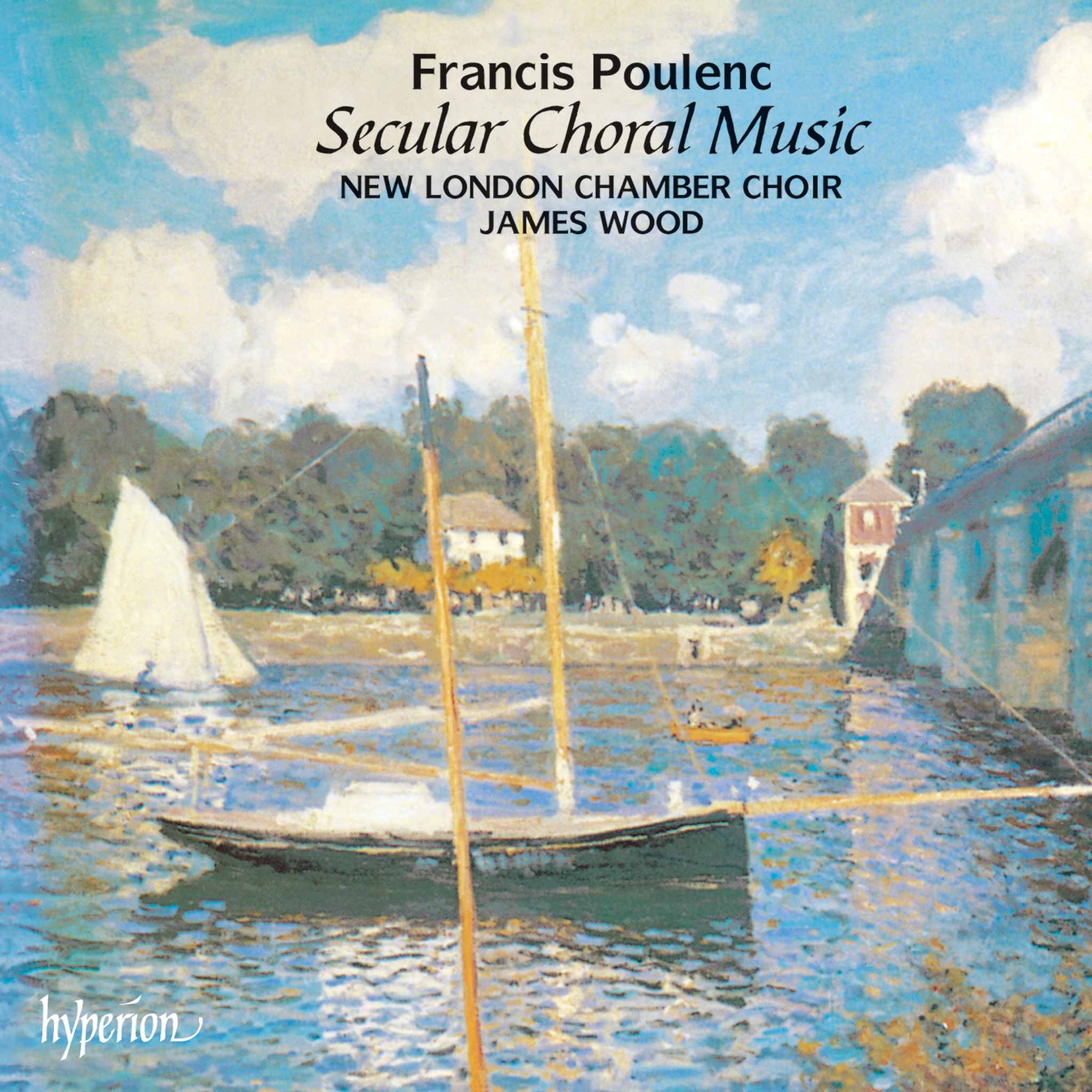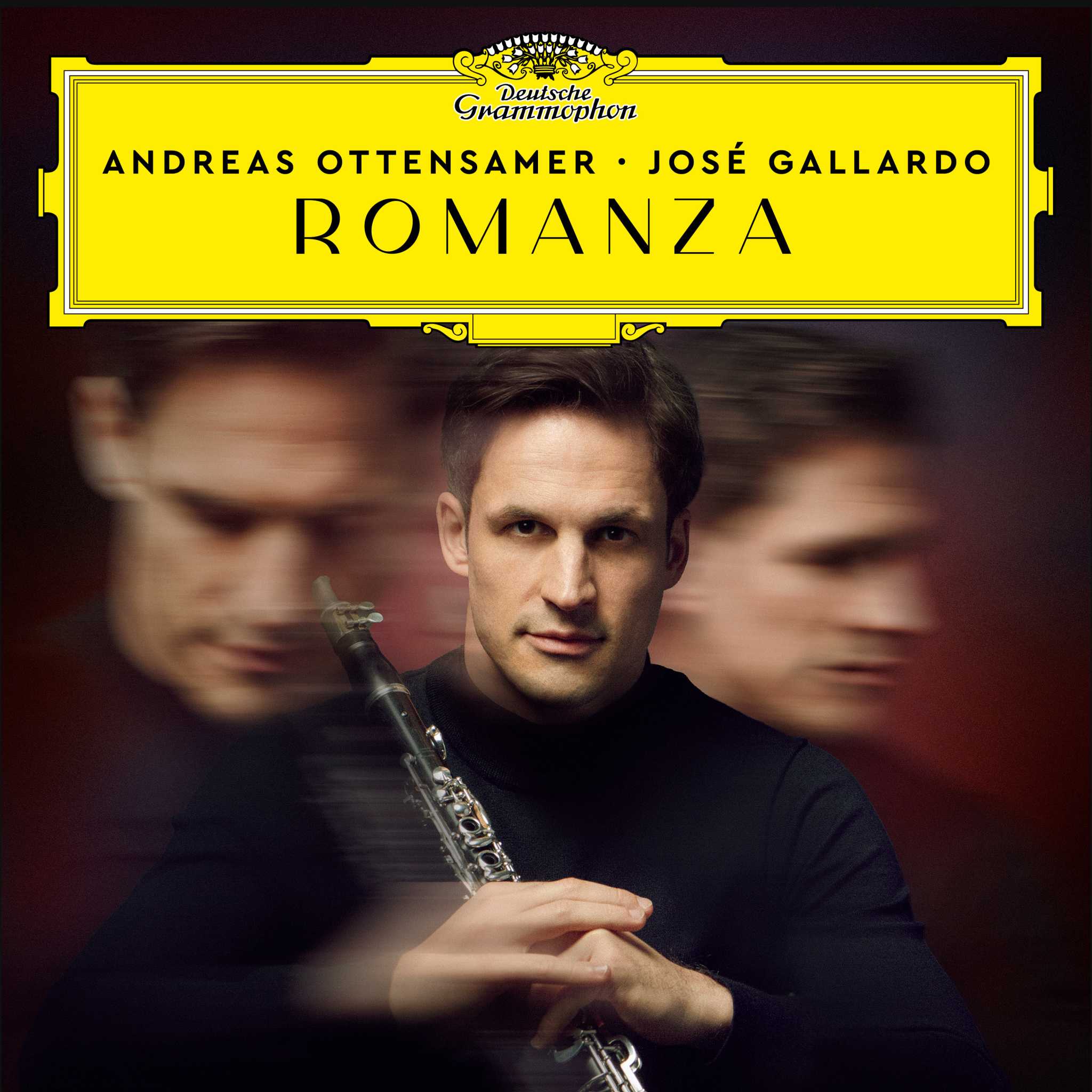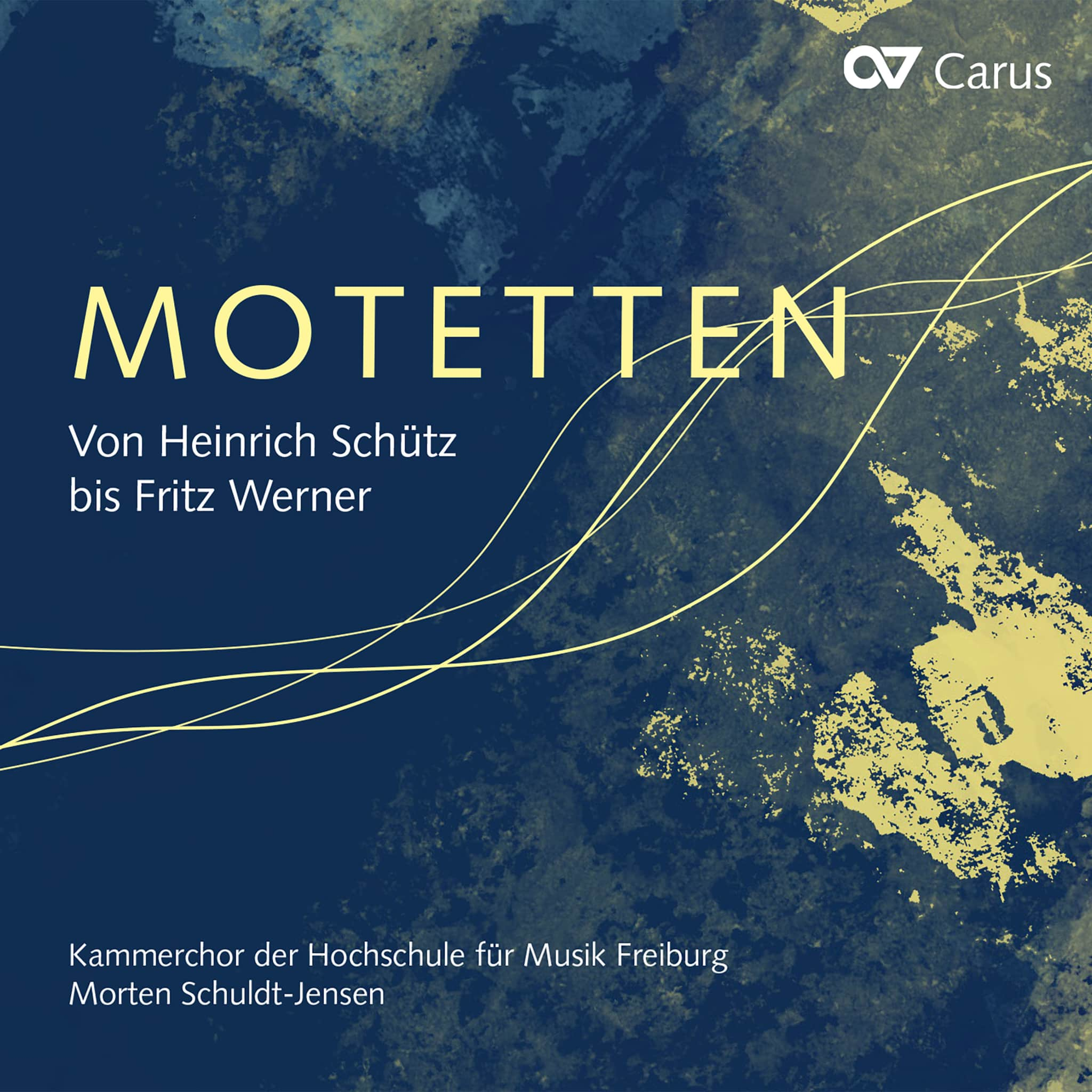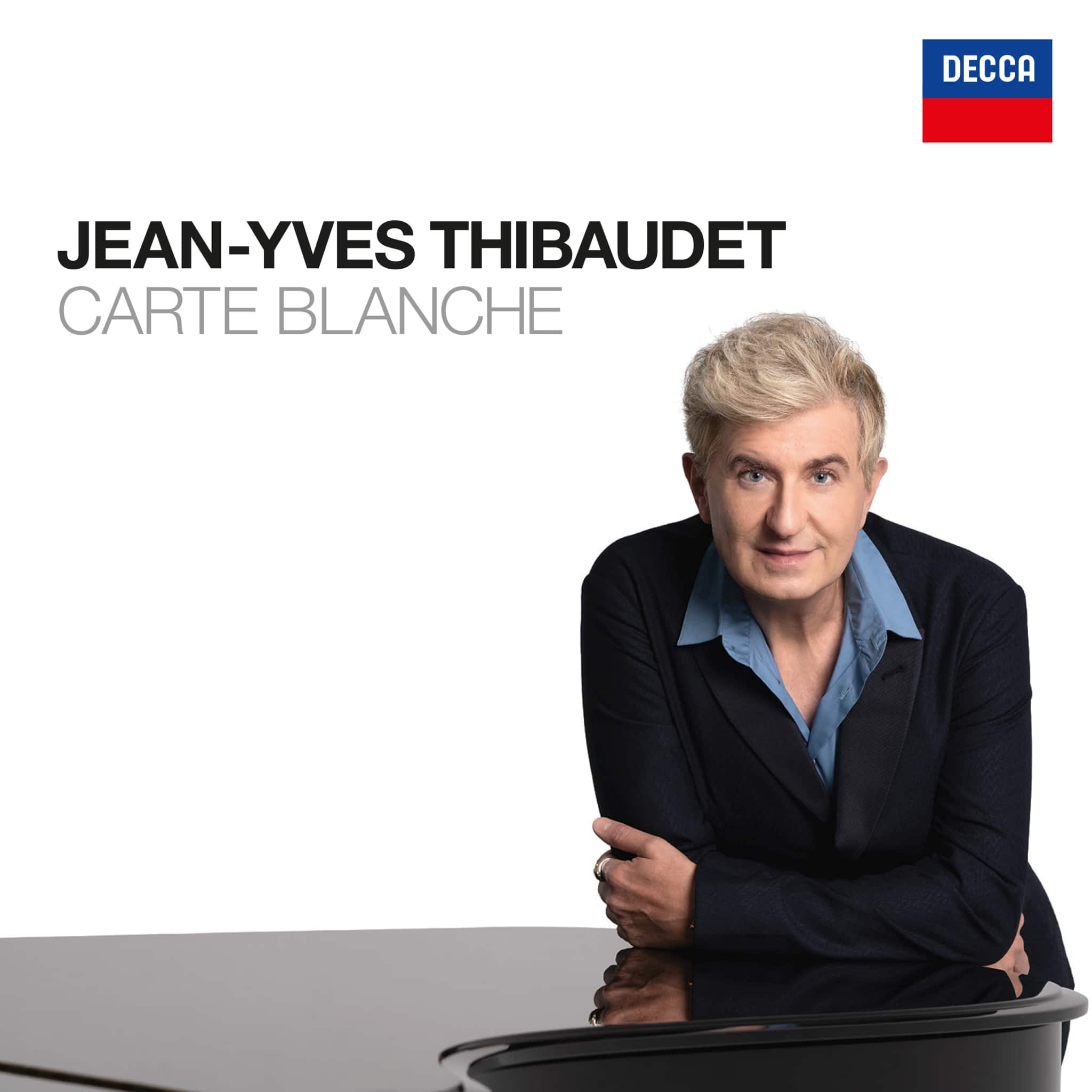Uncovering the Incredible Works of Francis Poulenc
Unveiling Francis Poulenc: From Heir to Renowned Composer
Francis Poulenc, known for his endeavours in the cultural life of 1920s Paris, began his journey as the heir to a pharmaceutical business that would later be recognized as Rhône-Poulenc. This affluence provided him with the means to delve into the artistic circles of Paris, the heart of the avant-garde. His tutelage under the unconventional composer Erik Satie and association with Georges Auric shaped Poulenc's unique musical style, causing him to emerge as a striking voice among "Les Six". This group, arbitrarily formed by the press, comprised the cream of young, fashionable composers including Milhaud, Honegger, and Germaine Tailleferre.
Defining Poulenc’s Musical Style and Significance
Poulenc's distinctive sense of humour resonates through his irreverent and playful scores such as the ballet Les biches (1923) and the Concert Champêtre for harpsichord (1928). Despite avoiding grand classical forms, he managed to carve his niche in songs (mélodies) and chamber music with a preference for woodwinds. A visit to Rocamadour shrine in 1936 kindled his religious faith, which subsequently manifested in his choral works. The Mass (1937), Organ Concerto (1938), and opera Dialogues des Carmélites (1957) mark his dedication to ethical commitment. The exuberant, highly-celebrated Gloria (1959) is hailed as the quintessential Poulenc landscape, a fine balance of humour and spirituality.
Francis Poulenc: The Artistic Paradox
A critical analysis of Poulenc’s works highlights his unique blend of humor and spirituality. His music, while often playful and irreverent, also carries a deep sense of ethical commitment. This paradoxical blend of light-heartedness and profound spirituality has made Poulenc's work a fascinating subject of study for music enthusiasts and scholars alike.
Notable Performances of Poulenc's Works
The vibrant works of Poulenc have been brought to life by many notable performers. The celebrated Labèque sisters and conductor Fabien Gabel have performed Poulenc's works in concert, alongside those of Strauss. Acclaimed pianist Stanislav Bunin has spotlighted Poulenc in recitals featuring Chopin and Debussy. Poulenc's distinctive woodwind and chamber repertoire have been performed by the clarinet and piano duo Andreas Ottensamer & Julien Quentin. Legendary violinist Anne-Sophie Mutter and the Berliner Philharmoniker have brought Poulenc’s orchestral music to life. These performances, among others, continue to showcase the enduring appeal and versatility of Poulenc's compositions.



